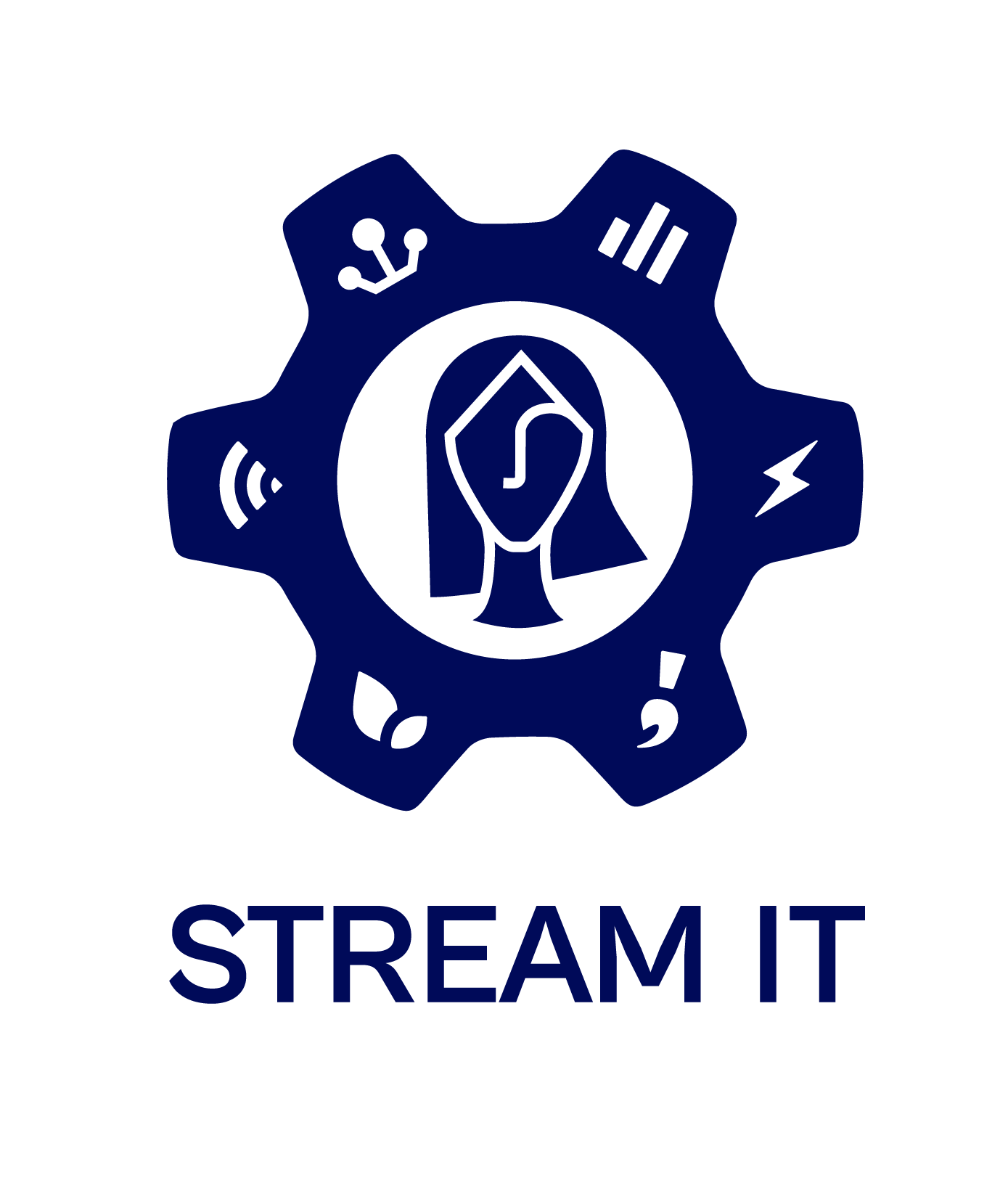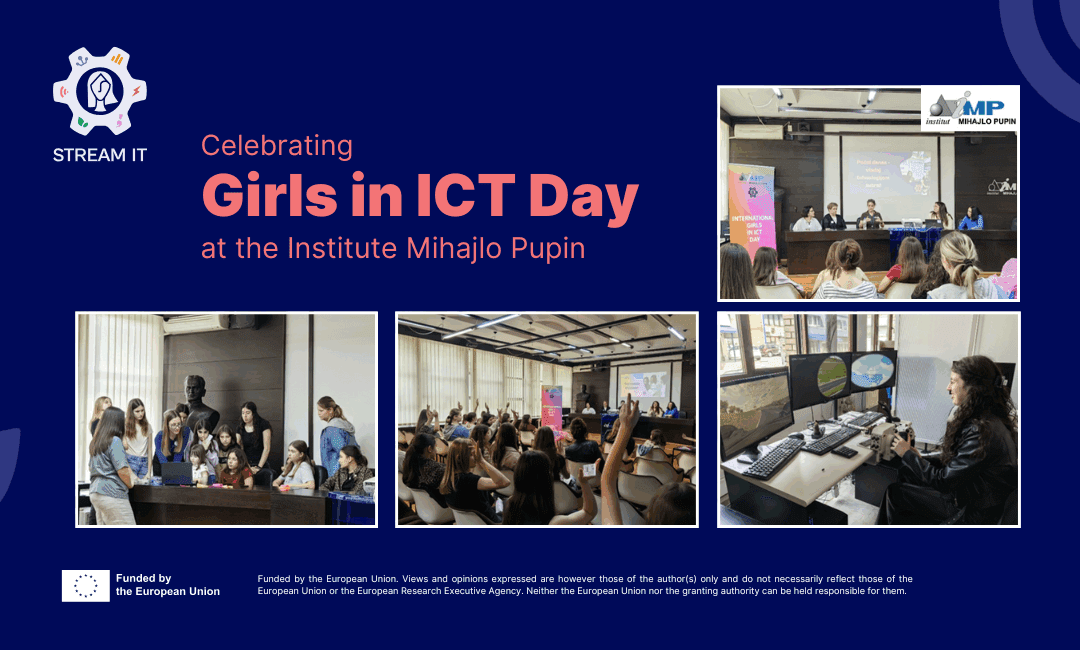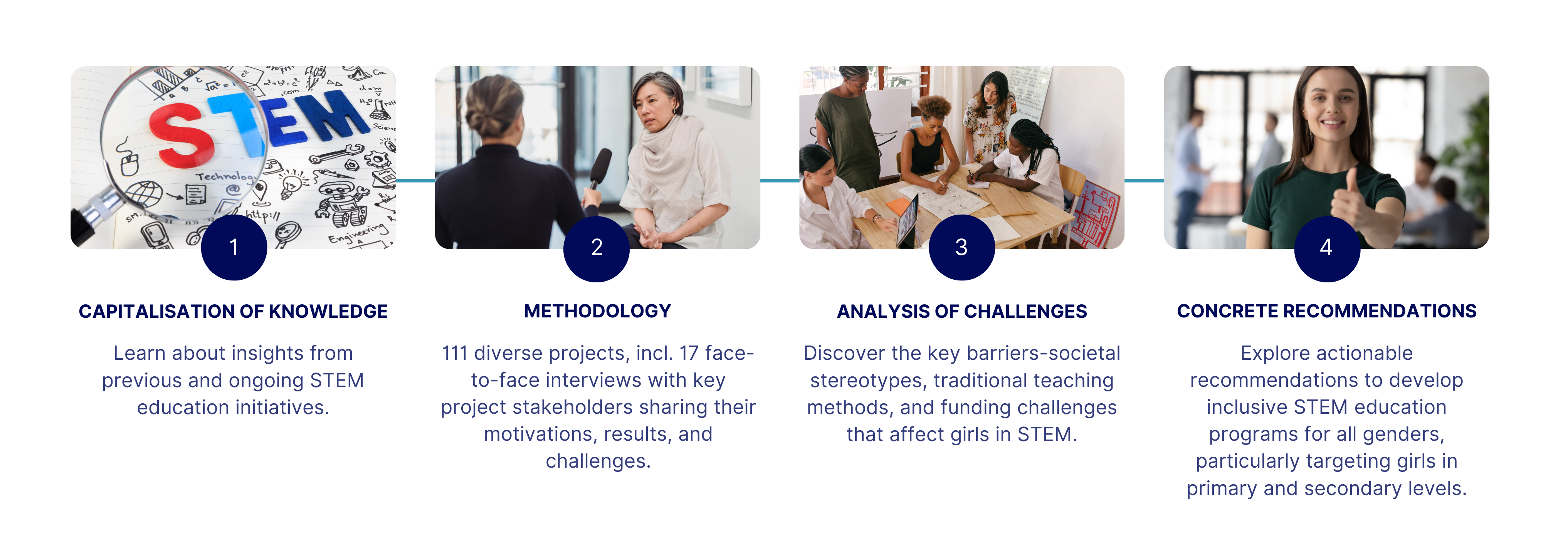In a world where innovation thrives on diversity, the underrepresentation of women and girls in STEM (Science, Technology, Engineering, and Mathematics) remains a pressing issue. While STEAM (adding Arts to STEM) offers powerful opportunities for creativity, exploration, and problem-solving, many young girls still face barriers that discourage them from entering these fields.
That’s where the STREAM IT project comes in, aiming to identify and address the institutional and structural challenges that limit girls’ participation in STEAM education and careers. With a focus on girls aged 14–18, STREAM IT seeks to cultivate an inclusive learning environment that supports skill development for all genders, while paying special attention to the unique challenges faced by girls.
Learning from the Past: Capitalising on Knowledge and Results
As part of Task 2.1, STREAM IT conducted an extensive capitalisation of knowledge from existing and previous STEAM education initiatives. This involved: desk research, 111 projects and initiatives mapping and, 17 face-to-face interviews with key project stakeholders.
The Mihajlo Pupin Institute (IMP) led the task in cooperation with seven project partners from across Europe. Their joint efforts resulted in a publicly accessible set of fact sheets, offering insights into good practices, impactful programs, and the motivations behind them. Out of the 111 collected initiatives, 62 were focused exclusively on girls and women, while the rest targeted mixed or broader audiences, including educators and stakeholders. This dual approach allowed the team to explore both gender-specific and inclusive strategies.
Methodology and Insights
The STREAM IT team applied a structured methodology to streamline project mapping and interviews. Each selected project was analysed using a set of criteria to identify the most effective practices. Interviewees were asked to:
- Present their initiative
- Share their motivations and outcomes
- Reflect on implementation challenges
- Offer recommendations to enhance female participation in STEAM
The report brings together this qualitative data to paint a broader picture of the STEAM education landscape in Europe.
Key challenges and Recommendations
The Key Challenges: Across the mapped initiatives and interviews, several recurring barriers emerged:
- Entrenched gender stereotypes about what is “appropriate” for boys vs. girls
- Outdated teaching methodologies that do not engage or reflect the needs of diverse learners
- Limited resources and funding that affect long-term impact and sustainability
These challenges are not new, but this report helps us understand them in specific contexts and provides actionable ways to overcome them.
The Recommendations Moving Forward: Based on the interviews and collected evidence, the report offers concrete steps to improve gender inclusivity in STEAM, such as:
- Introducing inclusive STEAM curricula at primary and secondary school levels
- Highlighting female role models in science and technology through public events, camps, and storytelling
- Training teachers to adopt inclusive, gender-responsive pedagogies
These recommendations are not only for schools, but also for policymakers, NGOs, and stakeholders committed to educational equity and innovation.
Why STREAM IT Matters
The STREAM IT project is more than research – it is a call to action. By uncovering what works and where the gaps lie, the project provides a strategic roadmap for building inclusive educational systems. It offers both inspiration and direction for those ready to create real change in how girls and young women experience STEAM education. This report emphasises that the path to gender equality in STEAM is not linear, nor can it be achieved by isolated efforts. It calls for persistent, collaborative, and innovative strategies that challenge the status quo and inspire a new generation of changemakers.
Celebrating Girls in ICT Day at the Institute Mihaljo Pupin
As part of the STREAM IT project’s Task 3.2 “Hands-on activities at science centres and museums,” the Institute Mihajlo Pupin celebrated International Girls in ICT Day by hosting 20 girls aged 13 – 14 for an inspiring and interactive visit. The participants had the opportunity to:
- Explore advanced simulators for tanks and aircraft,
- Learn how networks function,
- Discover how smart homes are built,
- Understand alarm systems, and
- Get introduced to the use of 3D printers.
A special highlight of the event was the coding workshop, where the girls tackled real-life programming challenges. In addition, a panel discussion with five female engineers and one researcher from the Institute provided valuable insights into career paths in ICT. The girls were actively engaged by asking thought-provoking questions such as: “What would you do if the network is down and you urgently need to send a file?”, “What is cloud?”, “What is the difference between ‘format’ and ‘delete’?”, “What is the Internet?”, “What are databases?”, “How can we stay safe online?”. They also had the opportunity to hear firsthand how the engineers built their careers, what their most valuable professional experiences are, and what a typical workday looks like. This hands-on experience directly supported the mission of International Girls in ICT Day, as outlined in Deliverable D2.1, by encouraging young girls to pursue careers in technology and entrepreneurship, free from gender stereotypes.
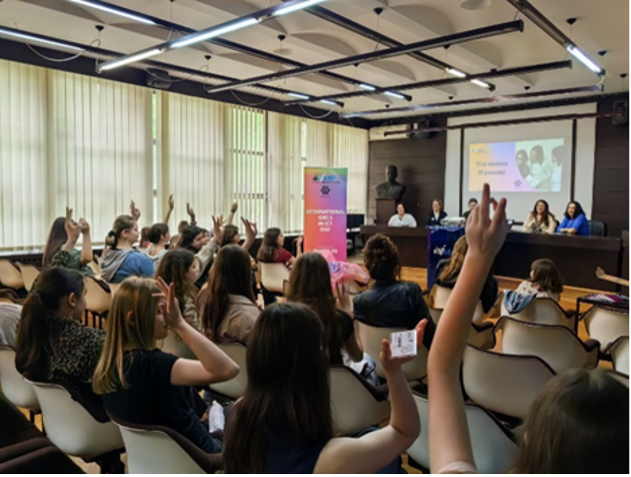
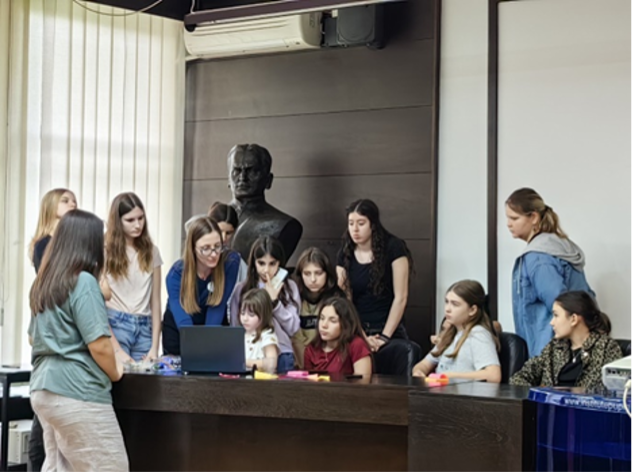
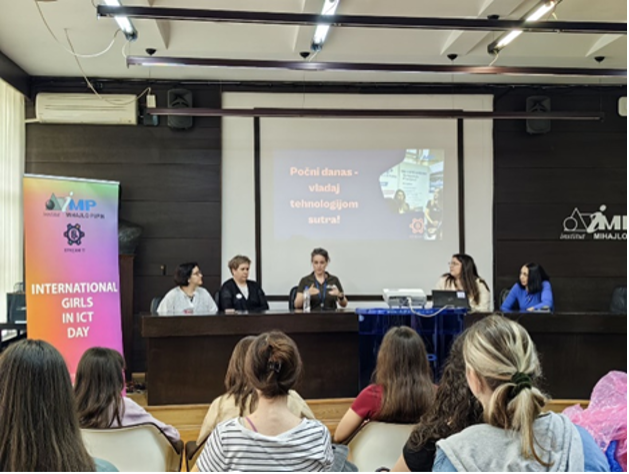
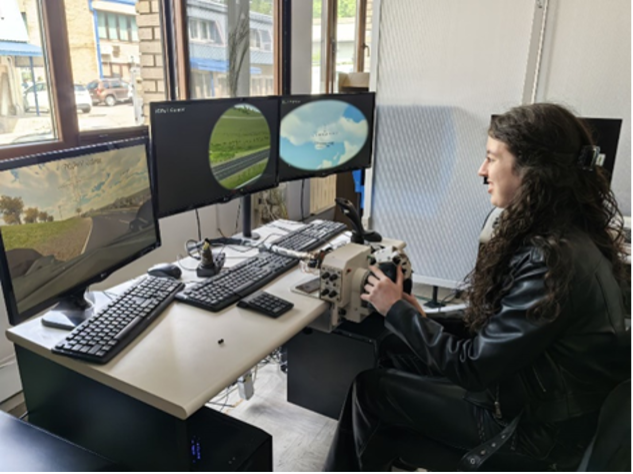
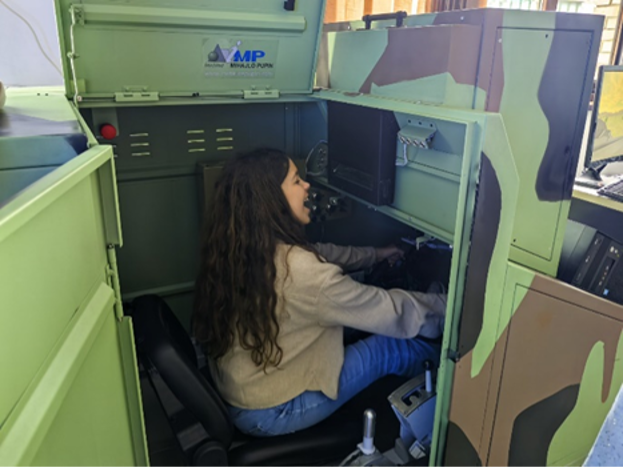
A Shared Journey Towards Inclusion
In summary, while meaningful progress has been made, continued commitment is essential to achieving gender parity in STEAM. Future initiatives must:
- Break down remaining institutional and societal barriers
- Engage families and communities
- Develop tailored educational programs that resonate with girls’ aspirations and potential
The journey is far from over, but with ongoing and united efforts, we can build a more equitable, diverse, and innovative STEAM future for all.
For more insights and full case studies, explore the STREAM IT Research Report – your guide to empowering the next generation in science, technology, engineering, arts, and mathematics.
References
- https://streamit-project.eu/2024/09/03/from-past-to-present-review-of-european-projects-advocating-steam-and-gender-equality/
- https://streamit-project.eu/wp-content/uploads/2024/09/D2.1-Research-report-on-previous-and-running-initiatives-and-European-projects-on-STEAM-education-and-gender-equality_STREAM-IT.pdf
Author

Institute Mihajlo Pupin, Belgrade, Serbia
Daniela Kuzmanović is a Scientific Associate at the Mihajlo Pupin Institute in the field of environmental protection and sustainability. She works as a sustainability expert, focusing on sustainable development and innovation to empower companies, foster growth, and promote networking and international cooperation.

Institute Mihajlo Pupin, Belgrade, Serbia
Nađa Ćirović is a full-time employee at the Institute Mihajlo Pupin (IMP), serving as a Junior Researcher actively engaged in several European projects focused on promoting gender equality in these fields. She has 10 years of experience as a mentor for student-led companies, having herself been a winning participant in the Junior Achievement program. This extensive background makes her highly qualified for the tasks associated with STREAM IT project.

Institute Mihajlo Pupin, Belgrade, Serbia
Adrijana Pantić holds a Bachelor with Honours in Organisational Sciences from the University of Belgrade, Faculty of Organisational Sciences. She is currently part of the Science and Technology Policy Research Centre at the Institute Mihajlo Pupin, focusing on digital transformation, sustainability, and empowering girls in STEAM fields.
